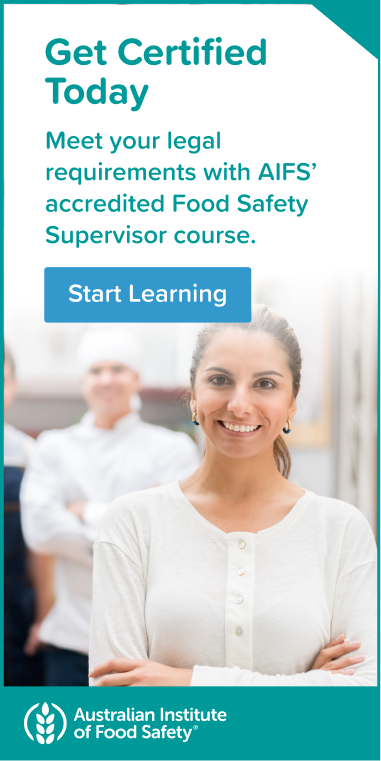.jpg?width=820&height=462&name=Adobe%20Express%20-%20file%20(17).jpg)
Norovirus remains the leading cause of gastroenteritis in Australia, affecting more than a million people each year. Understanding how Norovirus spreads and how to stop it is more important than ever.
What is Norovirus and why should you care?
Norovirus is a highly contagious virus that causes gastroenteritis, an inflammation of the stomach and intestines. It is notorious for triggering sudden outbreaks in communal settings and is responsible for an estimated 1.8 million infections annually in Australia.
It is not limited to food service environments; schools, childcare facilities, aged care homes, cruise ships and hospitals are frequent hotspots.
Unlike many pathogens, Norovirus is exceptionally resilient:
- It withstands high and low temperatures, making it resistant to conventional cooking, refrigeration and freezing
- It can survive on hard surfaces for days or even weeks
- Low-moisture foods such as biscuits and crackers can also serve as carriers
Recognising Norovirus symptoms early
Norovirus symptoms generally appear 12 to 48 hours after exposure, and although most people recover within 1 to 3 days, it can cause severe discomfort and complications for vulnerable groups.
Common symptoms include:
- Intense vomiting and/or diarrhoea
- Abdominal cramps
- Headaches and muscle pain
- Mild fever and chills
- Fatigue and dehydration
Importantly, some individuals remain asymptomatic but infectious, unknowingly contributing to the spread of the virus.
How does Norovirus spread?
Transmission typically occurs via:
- Contaminated food or water: especially when food handlers neglect hand hygiene
- Person-to-person contact: such as shaking hands or caring for a sick individual
- Touching contaminated surfaces: like door handles, countertops or utensils
Food Handlers are often the unwitting source of outbreaks, particularly when they work while experiencing symptoms or fail to wash their hands properly. Additionally, raw shellfish, especially oysters, can harbor Norovirus if harvested from polluted waters.
High-risk environments and populations
Norovirus poses an elevated threat in:
- Aged care and childcare centres
- Hospitals and community kitchens
- Cafeterias, cruise ships and catering services
Certain populations are more susceptible to severe outcomes, including the elderly, infants, pregnant women and those with compromised immune systems. The settings listed above must enforce stringent hygiene protocols and mandatory food safety training to manage the risk of Norovirus and contain any identified cases.
Effective strategies for preventing Norovirus outbreaks
Prevention hinges on strict hygiene and food safety practices. Here’s how workplaces and food businesses can protect staff and patrons:
- Enforce effective hand washing methods, especially after using the restroom or before handling food
- Separate raw and ready-to-eat foods to avoid cross-contamination
- Wash all fruits and vegetables thoroughly
- Clean and sanitise all food-contact surfaces regularly
- Exclude symptomatic employees from food handling until at least 48 hours after recovery
Most states and territories require food businesses to appoint a certified Food Safety Supervisor. These individuals are responsible for maintaining compliance with the Food Standards Code, conducting risk assessments and ensuring Food Handlers complete the relevant training.
Training and certification
Norovirus may be invisible, but its impact is unmistakably real – especially in food service and community care environments. Investing in food safety education is an essential step towards outbreak prevention.
In Australia, the Food Standards Code requires anyone who works with food to be trained in food safety.
Food Handlers must complete a food safety course delivered by a Recognised Training Organisation (RTO). In addition to this, Standard 3.2.2A mandates that businesses must appoint at least one certified Food Safety Supervisor who has successfully completed a Food Safety Supervisor training program within the last five years.
The Australian Institute of Food Safety (AIFS) is a Registered Training Organisation approved to deliver a Nationally Recognised Food Handler course and Food Safety Supervisor course in accordance with the Food Standards Code.
Enrol in one of these online, self-paced food safety courses today, or contact us to discover how you can safeguard your workplace against the next potential Norovirus incident.





